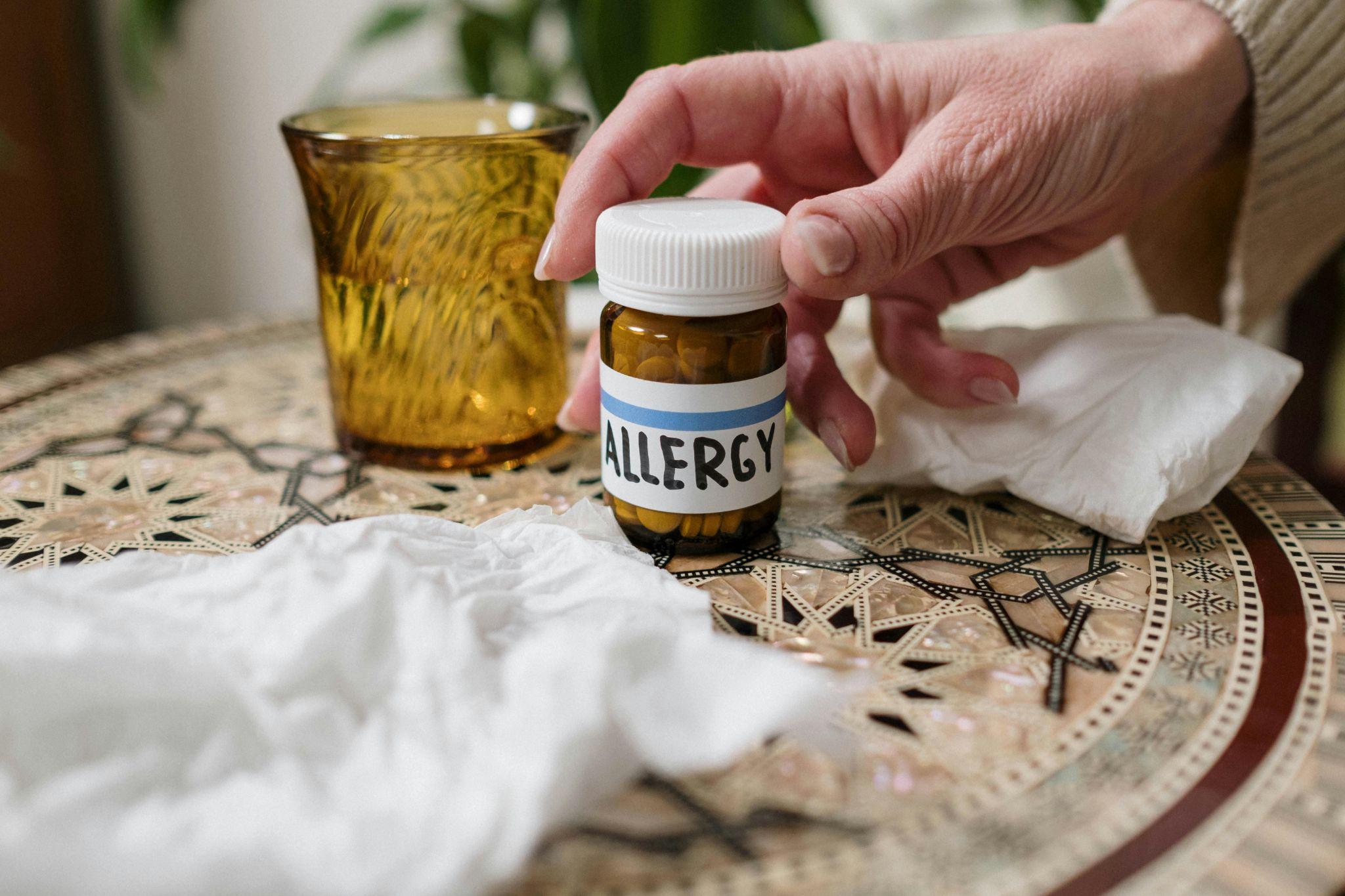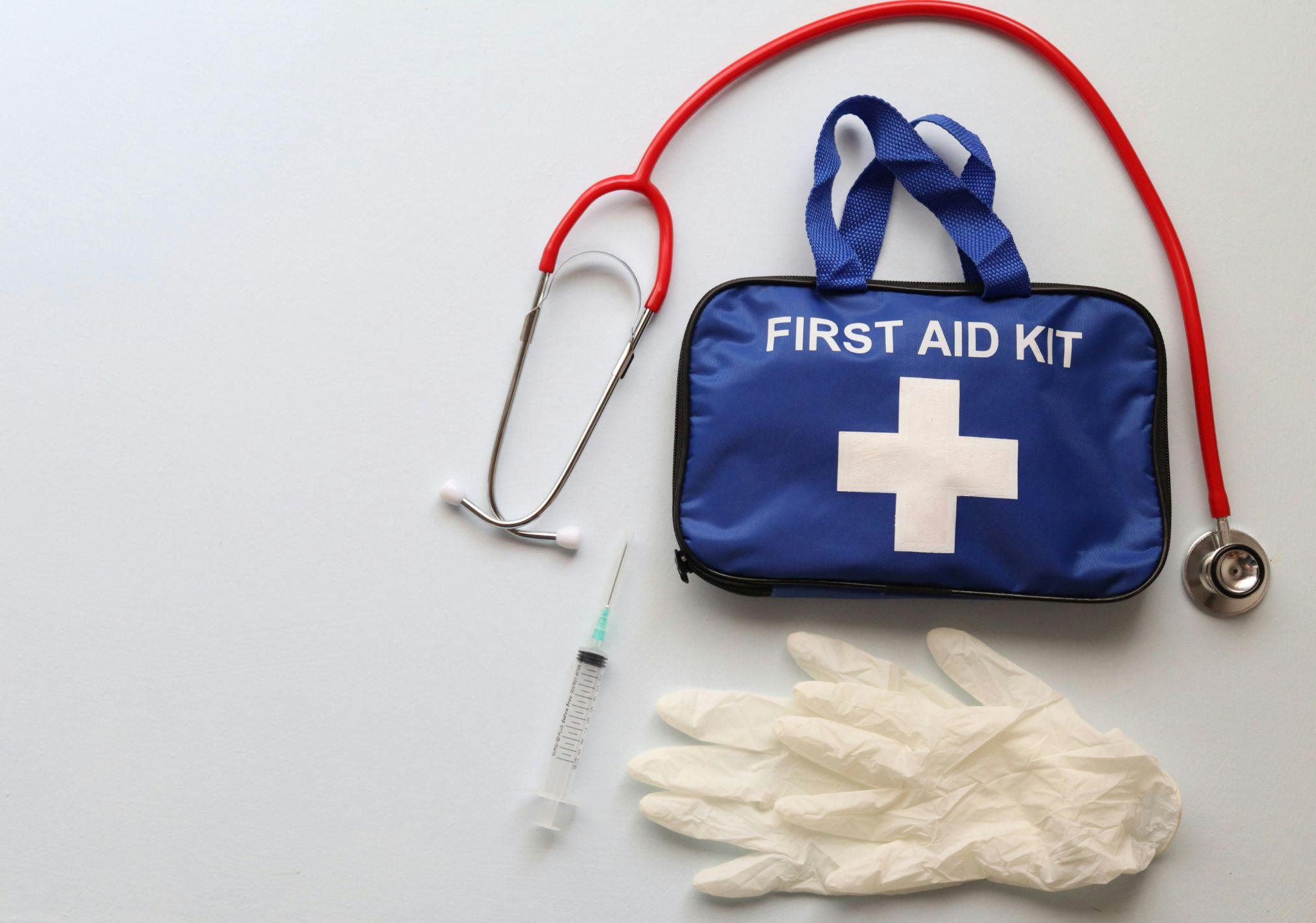Allergies can be a significant concern for pet owners, particularly when both humans and pets are affected. Managing common pet allergies requires careful attention to symptoms and effective treatment strategies. This comprehensive guide will help you identify and address common pet allergies to ensure a healthier environment for both you and your furry companions.
Understanding Pet Allergies
What Are Pet Allergies?

Pet allergies arise when the immune system reacts excessively to specific proteins found in a pet’s skin cells, saliva, or urine. This overreaction can cause a variety of symptoms in both pets and humans, ranging from mild irritations to serious health issues. Understanding common pet allergies is crucial for managing them effectively.
Common Allergens in Pets
1. Fur and Dander
- Fur: Some people are allergic to the fur itself, though this is less common than dander allergies.
- Dander: Microscopic flakes of skin shed by pets can trigger significant allergic reactions in sensitive individuals.
2. Saliva and Urine
- Pets can spread allergens through their saliva when they groom themselves or through their urine, leading to allergic reactions in humans.
3. Environmental Factors
- Dust Mites: These tiny creatures can combine with pet dander, worsening allergy symptoms.
- Pollen: Pets may bring pollen into the home on their fur, which can exacerbate allergies.

How to Recognize Common Pet Allergies
Identifying pet allergies involves observing symptoms in both pets and people. Knowing what to look for can help in early detection and management. https://truepetslove.com/product/oneisall-dog-grooming-kit/
Recognizing Allergies in Pets
1. Skin Reactions

- Itching and Scratching: Persistent scratching or licking could indicate an allergy.
- Red or Inflamed Skin: Look for rashes, hot spots, or other signs of irritation.
- Hair Loss: Excessive shedding or bald patches may be a sign of allergies.
2. Ear Problems
- Ear Infections: Frequent infections or scratching of the ears can be a sign of allergies.
- Odor: A foul smell emanating from the ears may indicate allergic reactions.
3. Digestive Issues
- Vomiting or Diarrhea: Allergies can lead to gastrointestinal upset.
- Unusual Stool: Changes in stool consistency or frequency might signal an allergy.
Recognizing Allergies in People
1. Respiratory Symptoms

- Sneezing: Regular sneezing in the presence of a pet is a common allergic reaction.
- Runny or Congested Nose: Nasal congestion or a runny nose may indicate an allergy.
- Coughing or Wheezing: Persistent coughing or wheezing can be symptoms of allergies.
2. Skin Reactions
- Hives: Raised, itchy welts on the skin after contact with a pet can signal an allergy.
- Eczema: Allergies may trigger or worsen eczema in some individuals.

How to Treat Common Pet Allergies
Addressing pet allergies involves a combination of symptom management and lifestyle adjustments. Effective treatment strategies can help reduce discomfort for both pets and their owners.
Treatment for Allergies in Pets
1. Veterinary Care
- Consult Your Vet: If you suspect your pet has allergies, a veterinary consultation is essential for diagnosis and treatment.
- Allergy Testing: In some cases, specific allergy tests may be necessary to identify triggers.

2. Medications
- Antihistamines: Your vet may recommend antihistamines to control symptoms.
- Steroids: For severe cases, corticosteroids may be prescribed to reduce inflammation and itching.
3. Environmental Adjustments
- Regular Grooming: Frequent grooming can help minimize dander and allergens.
- Allergy-Friendly Bedding: Use hypoallergenic bedding and wash it regularly.
- Air Purifiers: Invest in air purifiers to reduce airborne allergens in your home.

Treatment for Allergies in People
1. Medical Interventions
- Over-the-Counter Medications: Antihistamines and nasal sprays can alleviate symptoms.
- Allergy Shots: For severe allergies, immunotherapy or allergy shots may be suggested by an allergist. https://truepetslove.com/mastering-pet-care-essential-tips-for-grooming-your-pet/
2. Lifestyle Adjustments
- Regular Cleaning: Clean your home regularly to remove pet dander and other allergens.
- Pet-Free Zones: Designate certain areas, like bedrooms, as pet-free zones to reduce exposure.
- Hand Washing: Wash your hands after handling pets to minimize allergic reactions.
3. Dietary Considerations
- Healthy Diet for Pets: Ensure your pet receives a balanced diet to support overall health and reduce allergies.
- Allergy-Friendly Foods: If food allergies are suspected, consider hypoallergenic pet food options.
Prevention Tips

While it may not be possible to completely prevent pet allergies, you can take steps to minimize their impact and manage symptoms effectively. https://truepetslove.com/
For Pets
- Regular Vet Checkups: Schedule routine veterinary visits to monitor and address any potential allergies.
- Proper Hygiene: Maintain a clean environment for your pet, including regular grooming and cleaning.

For People
- Limit Exposure: Reduce the amount of time spent in close contact with pets when possible.
- Monitor Symptoms: Track any allergic reactions and consult with a healthcare provider if necessary.
Managing pet allergies involves a proactive approach to identifying and treating symptoms. By understanding the causes, recognizing the signs, and implementing effective treatment and prevention strategies, you can create a more comfortable living environment for both you and your pet. With the right knowledge and care, you can enjoy the companionship of your pet without the discomfort of allergies overshadowing your relationship.
